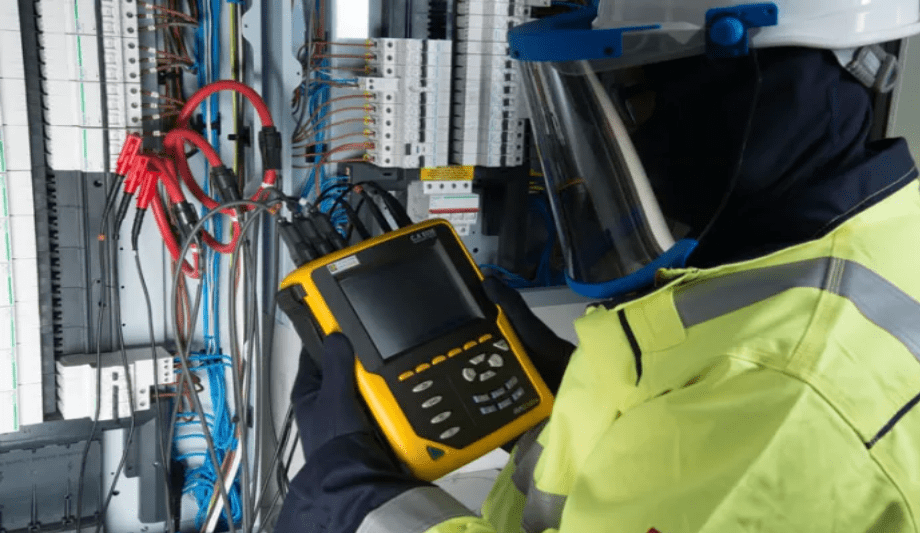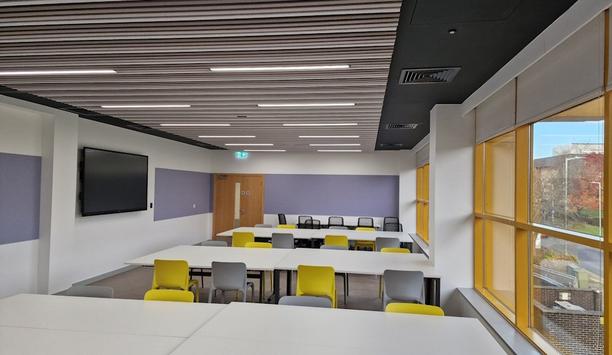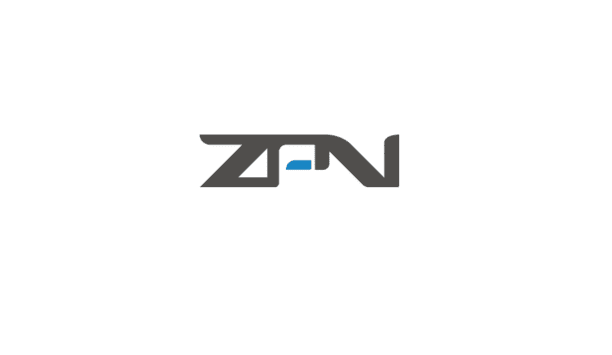Problems with the electrical supply in a data center can have far-reaching and hugely expensive consequences.
Because of this, back-up power systems are invariably provided, ranging from uninterruptible power supplies (UPSs) to standby generators.
But the provision of these systems does not in itself guarantee that the quality of power received by the data center equipment will be adequate to ensure correct operation under all conditions.
Switching from the mains to standby power
In particular, there is always a possibility that switching from the mains to standby power could introduce transients, voltage swells, voltage dips, and other problems.
The data center’s power systems are, of course, designed to guard against the occurrence of such problems but, as part of the commissioning process for every new data center, it is nevertheless essential to show that the power quality measures adopted do, in fact, perform as expected and planned.
And the only way to do this is with comprehensive testing.
Testing in UK data Center by HPES
Gathering the necessary data involved separately and simultaneously monitoring power at each of 18 locations
HPES Technical Solutions Limited (HPES), a company with wide experience of working with back-up power systems in a variety of environments, was contacted to provide such testing in a large UK data center that was nearing completion.
The incoming operator of the data center needed a large amount of data to be collected to provide assurance that the power systems were fit for purpose and could be relied upon to provide clean power under all operating conditions.
Gathering the necessary data involved separately and simultaneously monitoring power at each of 18 locations throughout the data halls, with all the measurements fully time synchronized.
The measurements were made over an extended period during which trial switching operations between main and back-up power sources would be performed.
Chauvin Arnoux Qualistar+ C.A 8336 power quality analysers
To achieve this, HPES decided to use Chauvin Arnoux Qualistar+ C.A 8336 power quality analysers, which can monitor five voltage and four current channels simultaneously.
These versatile instruments measure all key supply parameters, including harmonics, voltage, current, and power. In addition, they can capture transients, as well as data on supply swells and dips. All of the measured values are stored for later retrieval, trending, and analysis.
The instruments for the project were hired from Sunbelt Rentals, one of Europe’s test equipment rental specialists.
This company has its own in-house UKAS Accredited laboratory and all of the instruments it hires out are supplied complete with a calibration certificate, all necessary accessories and comprehensive instructions.
Site survey
The first project stage for the HPES engineers was to carry out a site survey at the data center
The first project stage for the HPES engineers was to carry out a site survey at the data center to confirm that the C.A 8336 instruments would be suitable for the environment, and that they could be installed and removed safely and easily without disrupting the normal operations of the center.
During the site survey, a single C.A 8336 was installed and used to collect sample data for presentation to the client. This conclusively demonstrated that the data would meet the client’s needs.
Full day of face-to-face training
As a further aid to ensuring the success of the project, experts from Chauvin Arnoux provided the HPES testing and monitoring engineers with a full day of face-to-face training.
This training, which was carried out at a theatre in southwest London which has complex power systems, explored all aspects of using the C.A 8336 power quality analyzer, and ensured that the engineers were fully conversant with the techniques needed to capture the data requested by the data center operator.
A detailed run book
Working with a run book ensured that the project progressed smoothly, without hitches and interruptions
Before embarking on the full monitoring and data collection exercise, the HPES engineers worked with their counterparts from Chauvin Arnoux to develop a detailed run book covering every stage of the project.
This included checking the instruments on receipt, installing them in the 18 locations throughout the data center, setting them up with the appropriate configuration for each location, retrieving and storing the data from them, and removing them at the end of the project.
Working this way ensured that the project progressed smoothly, without hitches and interruptions.
No negative impact on the operation
As the client had stipulated, there was no negative impact on the operation of the data center power systems at any stage.
The methods devised and adopted by the HPES engineers also ensured that a strict timetable for test switching events – which was required to avoid disruption to the power systems – could be followed, and that all of the necessary work of data collection was completed on schedule.
Authority comment
Chauvin Arnoux's instrument versatility ensured that every parameter could accurately measured
“The Chauvin Arnoux instruments played a crucial role in the success of this project,” said Hugh Percival, Managing Director of HPES.
“Thanks to their Rogowski coils for monitoring current and magnetic clamps for voltage measurements they were fast and easy to install and remove.”
“Their versatility also ensured that we could accurately measure every parameter of interest to our client, and the stored data they provided was readily accessible in a format that supported straightforward analysis and reporting.”
“In short, they were exactly the right instruments for the job, and the training provided by Chauvin Arnoux helped us to get the very best from them.”
Securely managing the data
Throughout the project, HPES securely managed the data collected, with physical and cloud back ups performed at every stage.
At the completion of the project, the data was provided directly to the client in a custom file-and-folder format that had been devised to allow efficient comparison of information.
The client expressed complete satisfaction with the quality and completeness of the data, and with the efficient way in which the project had been carried out.







